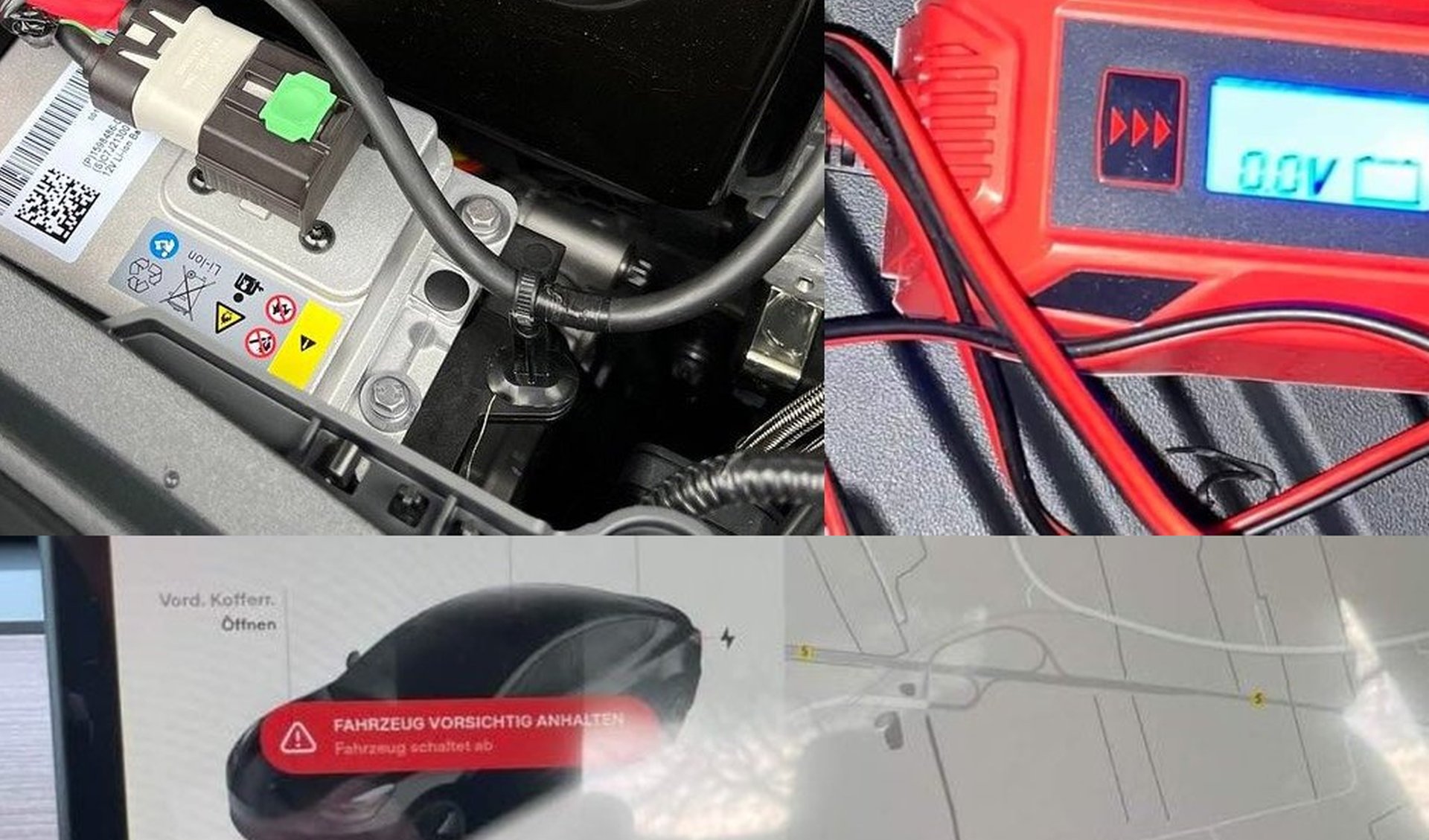islandbayy
Active Member
One of the main killers of the Tesla 12v batteries is over-charging. Not Cycling. Realistically, they aren't cycled all that much. Tesla keeps them at an abnormally high voltage, and basically "cooks them". I've disected a number of them now, including from my Model S and Model X. In each and every case, they were boiled dry. The Model S is a AGM or Gel Cell depending on what year it was installed (Flavor of the day?) where as the Model X is a sealed Flooded battery.From my understanding, Tesla designed a system that uses the 12V system relatively extensively compared to ICE vehicles and other BEVs. Vehicles with theft deterrent systems, thermal management, internet connectivity, or remote access can experience quite a bit more "vampire drain." It's been long chronicled that Tesla has had issues with the demands of their 12V system and relied on auxiliary batteries that could handle the load and cycling without the need for a belt driven alternator. Many manufacturers seem to have similar problems while others do not. Our old 2007 Lexus Rx400h would predictably need a new 12V battery nearly every 2 years to the day (the tell was that the power windows would slow, lights would dim, and the multimeter would register <12.2V). VW has had issues with their 12V systems on their EVs as well:

This Is How The VW ID.3 Avoids 12V Battery Issues With The 0783 Update
In a new video about the VW ID.3 12V issue, Battery Life shows how the 0783 update avoids a depleted 12V battery even if the energy drain is still there.insideevs.com
Here are some random articles about the issues over the model years:

Tesla Moves To Solve the Problem of Dying 12-Volt Li-Ion Batteries on the LFP Model 3
Tesla Model 3 with an LFP battery can't keep its 12-volt Li-Ion charged due to a calibration issue. Tesla moved to solve this problem with a software updatewww.autoevolution.com

Tesla to fix rapidly dying 12v batteries with software update, Musk teases more to come
CEO Elon Musk is teasing a fix to Tesla’s longstanding issue with its 12-volt batteries not lasting long inside its...electrek.co

Tesla's new Model S and Model X get rid of lead-acid 12v battery, move to Li-ion
Tesla has transitioned the new Model S and Model X to a Li-ion 12-volt car battery – getting rid of...electrek.co
However, our 2013 Fiat 500e with 82K miles on it still has its original Mopar 12V battery...granted this battery is a rather large group 47.
Now I wouldn't do this and then re-install them in the cars, but I actually was able to bring a MS and MX battery back to a highly useful life (in other applications).
With the last Model S battery I replaced (With an Ohmmu, getting tired of failing 12v's), I was able to use a syringe to inject battery acid back in over a period. As it was a AGM, that process was slow, as it had to get absorbed back in.
In the MX battery, I had to cut the sealed top off. That was a quick refill. Both nearly bone dry. After replenishing the acid, both batteries tested to about 80% original Amp Hour capacity, and had a low resistance signifying low sulfate build up. Likely would provide a good number of years of service.
So recap, Tesla's 12v management is whats killing the 12v batteries.


